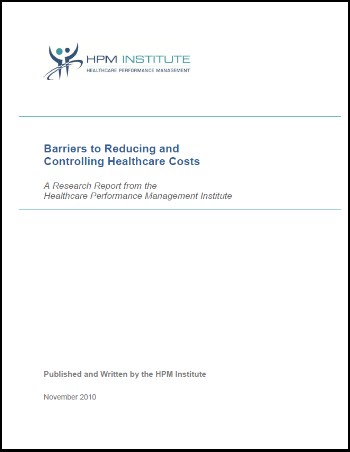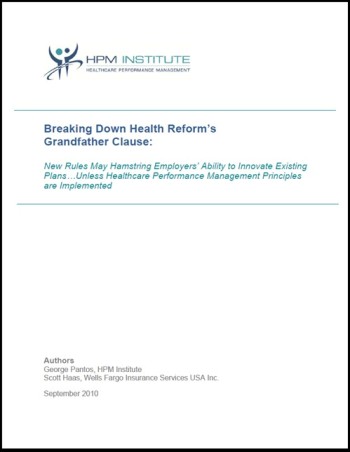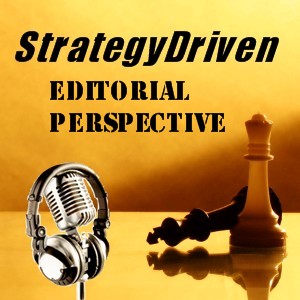Barriers to Reducing and Controlling Healthcare Costs

In 2011, health premiums will continue to surge upward with most major surveys projecting increases in the 9 percent to 12 percent range – or over eight-times the rate of inflation. Without change, the Business Roundtable, an association of major U.S. corporate CEOs, predicts employer health costs will increase 166 percent by 2019, resulting in a cost burden of $28,530 per employee – three-times the 2009 employee cost of $10,743.
In this environment, employers – major payors of the $2.6 trillion annual U.S. healthcare bill – are under enormous pressure to find out where their benefit dollars are going. These same employers are focusing on how they and their workforce are able to get the best value for the money spent on healthcare.
Employers seek answers to questions such as:
- What steps can I take to identify and mitigate my healthcare expense trend?
- What areas are showing the highest potential for costly future medical risks?
- What proactive steps can be taken to control costs and improve employee health behavior?
This research report provides an overview of the data and tools needed by employers to interpret relevant plan data, find the problems and determine solutions. It also addresses the basic obstacles and ‘hidden’ barriers to employer healthcare control and the opportunities to overcome these barriers with collaboration between employers and gatekeepers – consultants, brokers and insurers – for improved health plan performance.
Click here to download a complimentary copy of this Healthcare Performance Management Institute report. (Complimentary site registration required.)
Want to learn more?
Listen to our recent StrategyDriven Editorial Perspective podcast interview with George Pantos, Executive Director of the Healthcare Performance Management Institute during which we discuss how companies can keep their current health plans in light of the recently passed healthcare legislation and under what circumstances they may wish to do so.
Podcast: Play in new window | Download (Duration: 19:57 — 27.4MB)
Subscribe: RSS

 New Rules May Hamstring Employers’ Ability to Innovate Existing Plans…
New Rules May Hamstring Employers’ Ability to Innovate Existing Plans… StrategyDriven Editorial Perspective podcasts examine the unnecessary marketplace uncertainty created by today’s headline events and the actions business leaders should take to ensure their organizations succeed under these circumstances.
StrategyDriven Editorial Perspective podcasts examine the unnecessary marketplace uncertainty created by today’s headline events and the actions business leaders should take to ensure their organizations succeed under these circumstances.
 Jim Champy, author of
Jim Champy, author of